Fishing Tips: How To Catch Bluegill
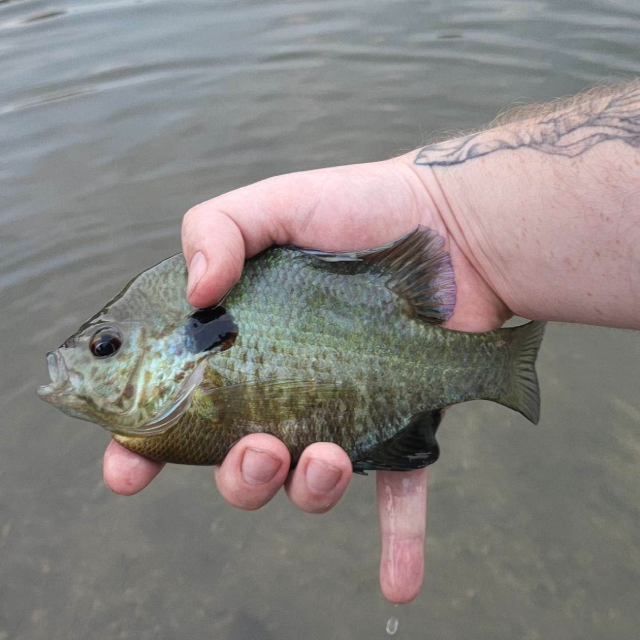
More photos of Bluegill.
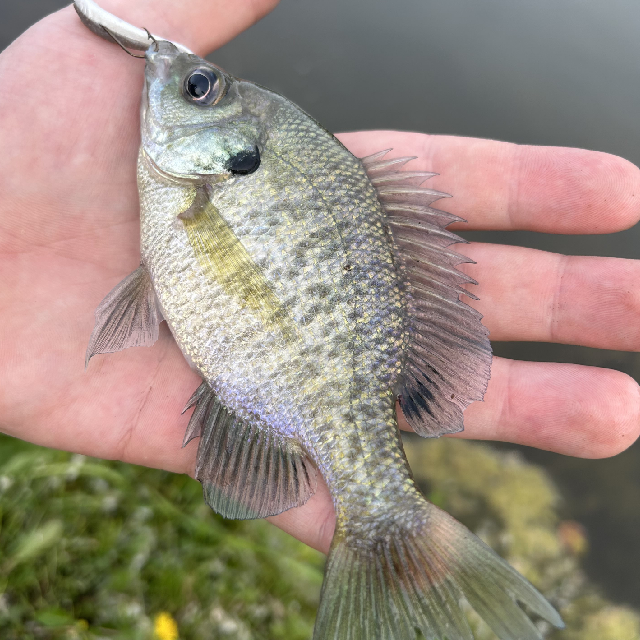
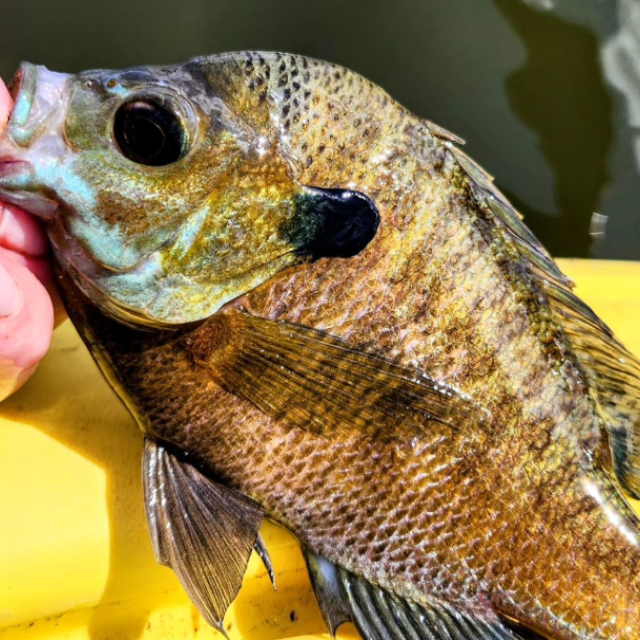
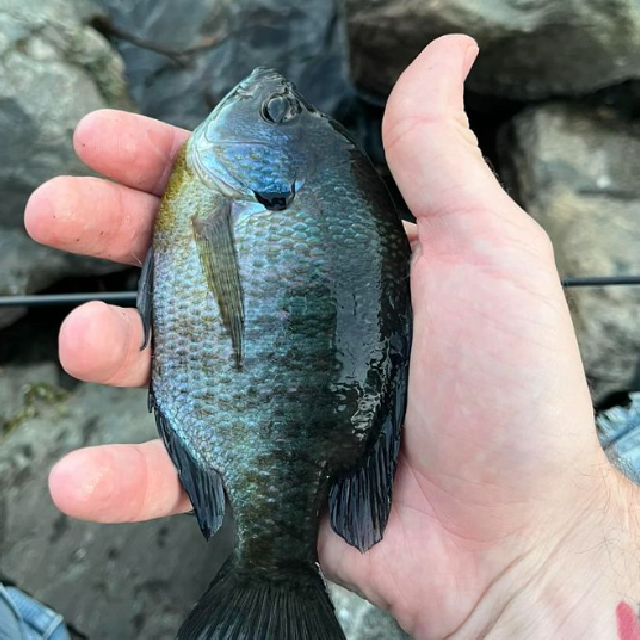
Bluegill are one of the most accessible and popular freshwater fish, perfect for anglers of all ages and skill levels. These fish are commonly found in ponds, lakes, and slow-moving parts of streams and rivers. They thrive in waters with abundant aquatic vegetation, which provides both food and cover.
Bluegill are known for their willingness to bite on a variety of baits and are particularly active during the warmer months. For successful bluegill fishing, light tackle and small hooks are recommended due to the size of their mouths. Techniques like bobber fishing with live bait, light jigging, and fly fishing are all effective.

Berkley Gulp! Alive Minnow
Soft plastic baits, such as the Berkley Gulp! Alive Minnow, are designed to imitate small fish and...
Soft plastic baits, such as the Berkley Gulp! Alive Minnow, are designed to imitate small fish and other aquatic creatures. They are favored for their lifelike scent and movement. These baits can be rigged in various ways, including on a hook or a jighead, making them effective in different environments. Their lifelike texture and movement make them appealing to sunfish.
Continue reading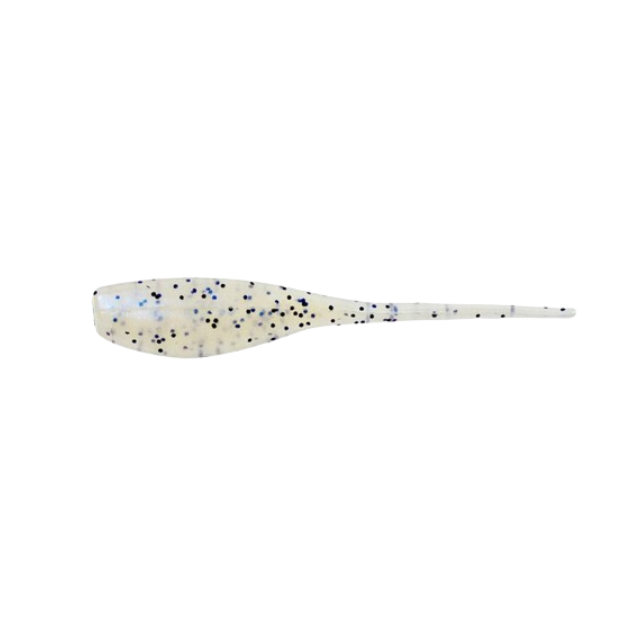
Bobby Garland Baby Shad
Soft plastic baits, such as the Bobby Garland Baby Shad, are designed to imitate small baitfish an...
Soft plastic baits, such as the Bobby Garland Baby Shad, are designed to imitate small baitfish and other aquatic creatures. The Baby Shad's lifelike action and soft texture make it a favorite among anglers. It can be rigged on a jighead or used in various other setups to attract fish.
Continue reading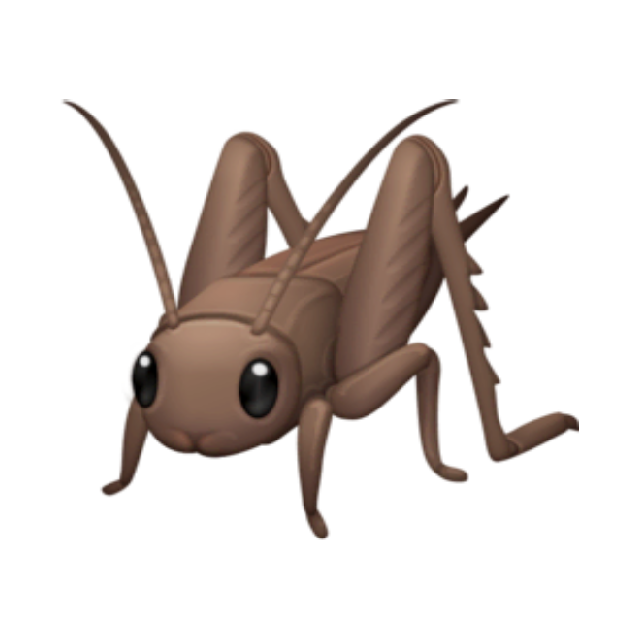
Crickets
Crickets are another excellent live bait. Their natural movement and scent attract fish quickly. H...
Crickets are another excellent live bait. Their natural movement and scent attract fish quickly. Hooking them through the body keeps them alive and active, making them enticing targets. They are particularly effective when fished near vegetation or structures.
Continue reading
Nightcrawlers
Nightcrawlers, a type of earthworm, are highly effective live bait due to their natural scent and ...
Nightcrawlers, a type of earthworm, are highly effective live bait due to their natural scent and movement. They are commonly used for a wide range of fish species. When hooked correctly, they wriggle enticingly in the water, drawing the attention of nearby fish. Nightcrawlers can be used in various fishing environments, from freshwater lakes to rivers.
Continue reading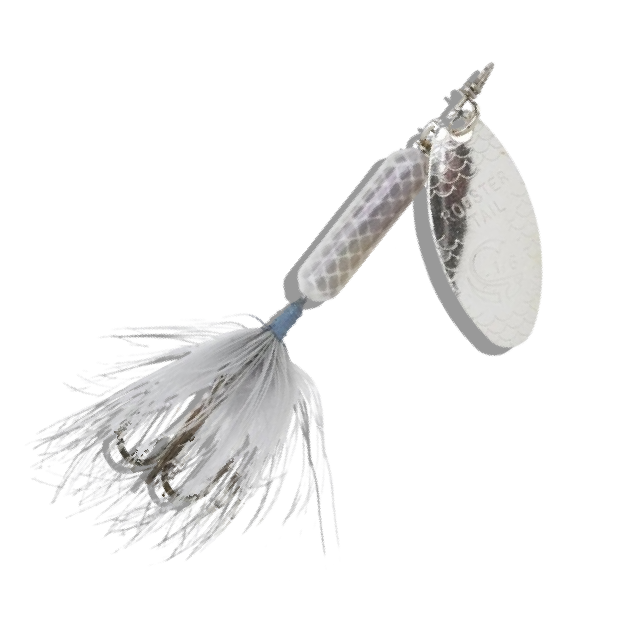
Rooster Tail
Inline spinners, such as the Rooster Tail, are compact lures with a spinning blade attached direct...
Inline spinners, such as the Rooster Tail, are compact lures with a spinning blade attached directly to the lure's body. This design creates a consistent flash and vibration as the lure is retrieved, attracting fish from a distance. Inline spinners are particularly effective in streams and rivers but can also be used in lakes and ponds. Their simplicity and effectiveness make them a staple in many tackle boxes.
Continue readingMore Thoughts on Baits: Choosing the right bait is crucial when targeting Bluegill, as they can be finicky eaters despite their general willingness to bite. The size and type of bait can significantly affect your success, with smaller, live baits generally producing better results due to their natural appearance and movement.
Gear To Use For Catching Bluegill:
| Gear Type | Specifications | Purpose |
|---|---|---|
| Rod/Reel | Ultra-light spinning rod with a matching reel. | Enhances the fight of the relatively small bluegill and allows for precise bait presentation. |
| Line | 2-6 lb test line, thin and subtle. | Suitable for the delicate bite of bluegill and reduces visibility in clear water. |
| Hook | Small hooks, size 8-12, suitable for small baits. | Matches the small size of the bluegill’s mouth to improve hooking rates. |
| Bobbers | Light, small bobbers to detect subtle bites. | Allows you to keep the bait at the desired depth and notice even the lightest bluegill nibble. |
More Thoughts on Gear:
How To Identify If You Caught Bluegill: Bluegill are small and often colorful, with a distinctive black spot at the base of the dorsal fin and vibrant blue and orange on the lower jaw. Their bodies are highly flattened side to side, which is typical of the panfish family. For more detailed identification or to confirm your catch, visit the Catchpedia Fish Identifier.